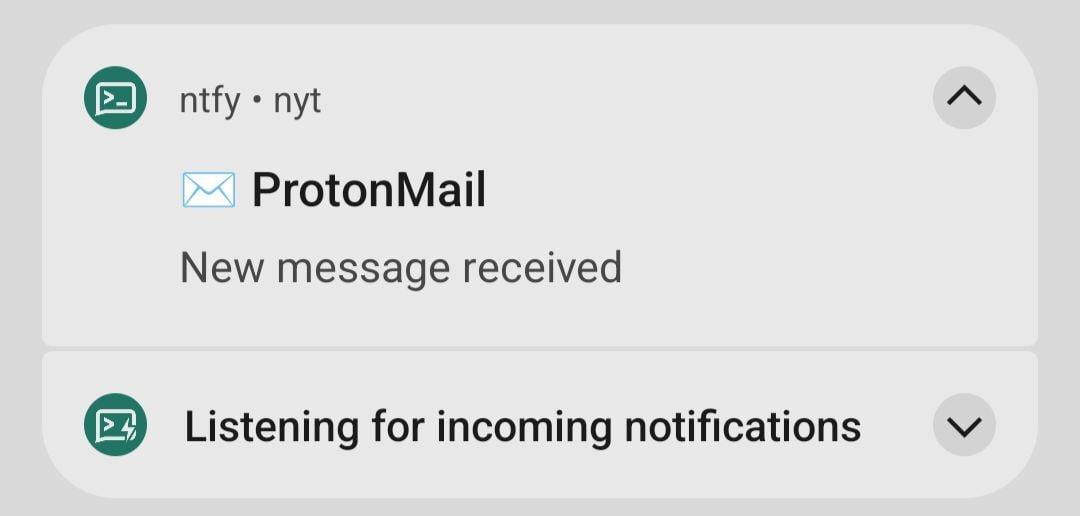I didn't read all the comments, so someone may have pointed this out already.
One of the main ideas is probably something like Fedora CoreOS, where the Quadlet systemd files are automatically created during first boot with something like Kickstart or cloud-init.
Instead of shipping the applications with the image, the OS image can be very minimal, while still being able to run very complex stuff.
When you add the fact that CoreOS and other atomic distros can update themselves in the background, and boot to an updated base image, the box just needs periodic reboots and everything stays updated and running with basically no interaction from the admin at all, best case.
Probably not so useful in the self-hosting / homelab context, but I can imagine the appeal on a larger scale.
I've been using Quadlet+Podman kube YAMLs for a while for my own self-hosted services, and it's pretty rock solid. Currently experimenting with k3s, but I think I'll soon switch back. Kubernetes is nice, but it's a lot more fragile for just a single node. And there's way too much I don't understand...
I wrote a couple blog posts about the homelab setup, planning to add more when I have time. Give a read if you're interested: https://oranki.net/tags/self-hosting-my-way/
